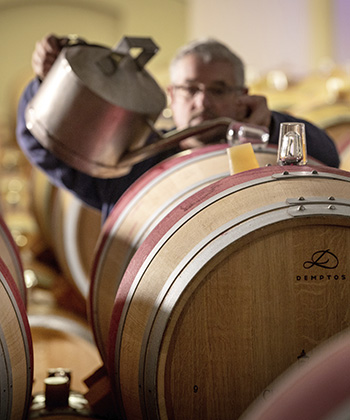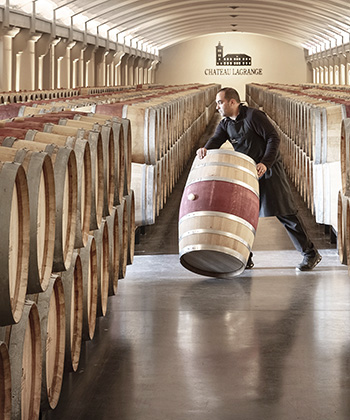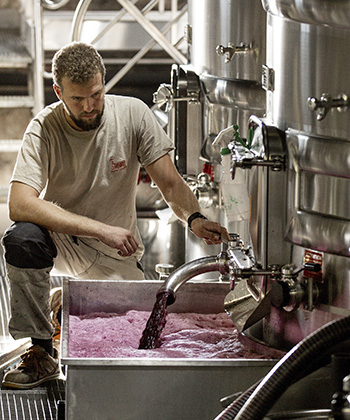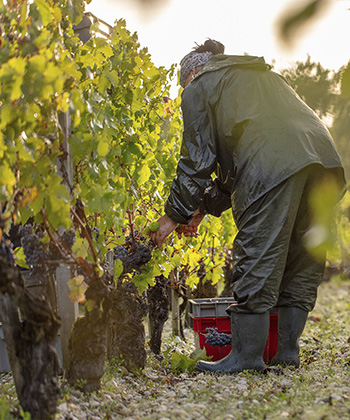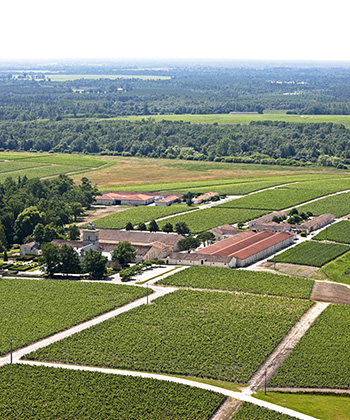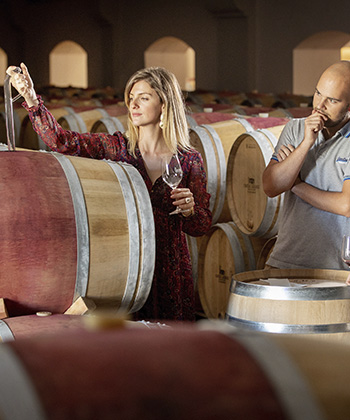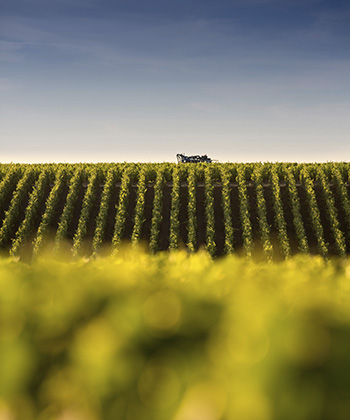
Château Lagrange
St Julien Troisième Cru Classé 1855.
The fortunes of Château Lagrange were revived with the purchase of the estate by Japanese spirits giant Suntory in 1983. Before that, the 20th century had been a difficult time. Some vineyard had had to be sold off (to Ducru-Beaucaillou and Gloria) and the reputation had slipped considerably.
Marcel Ducasse was employed to run the estate, and the new owners pumped in investment.
Marcel retired after the 2008 vintage and the succession passed to his maitre du chai, Bruno Eynard. Bruno gave way in turn to Matthieu Bordes in 2014. Change has been rapid, with a new building program and the cuverie with an extraordinary 102 stainless vats of differing sizes corresponding to the different parcels by soil type and vine age. Climate change led them to question whether they needed as much Petit Verdot as they have in the vineyard. In recent vintages it has been easy to ripen the Cabernet Sauvignon fully, and since they seek elegance, it would seem right to emphasise the Cabernet and leave out the Petit Verdot which is really there to boost the power, but interestingly Bordes regards its omission from the blend on 2009 as a mistake.
Château Lagrange is one of the larger Médoc estates, much of the vineyard lying a little further inland than many of its Saint Julien rivals. There are still 115ha under vine, 65% Cabernet Sauvignon, 28% Merlot and 7% Petit Verdot for the red wine. Wines spend 217-21 months in wood (50%-60% new).
The second wine, produced since 1985, is Les Fiefs de Lagrange, and this accounts for a large proportion of the production, as nowadays only the best parts of the vineyard are ever considered for the Grand Vin. A small amount of white wine, Les Arums de Lagrange, is produced too, named after the arum lilies around the lake in front of the château
